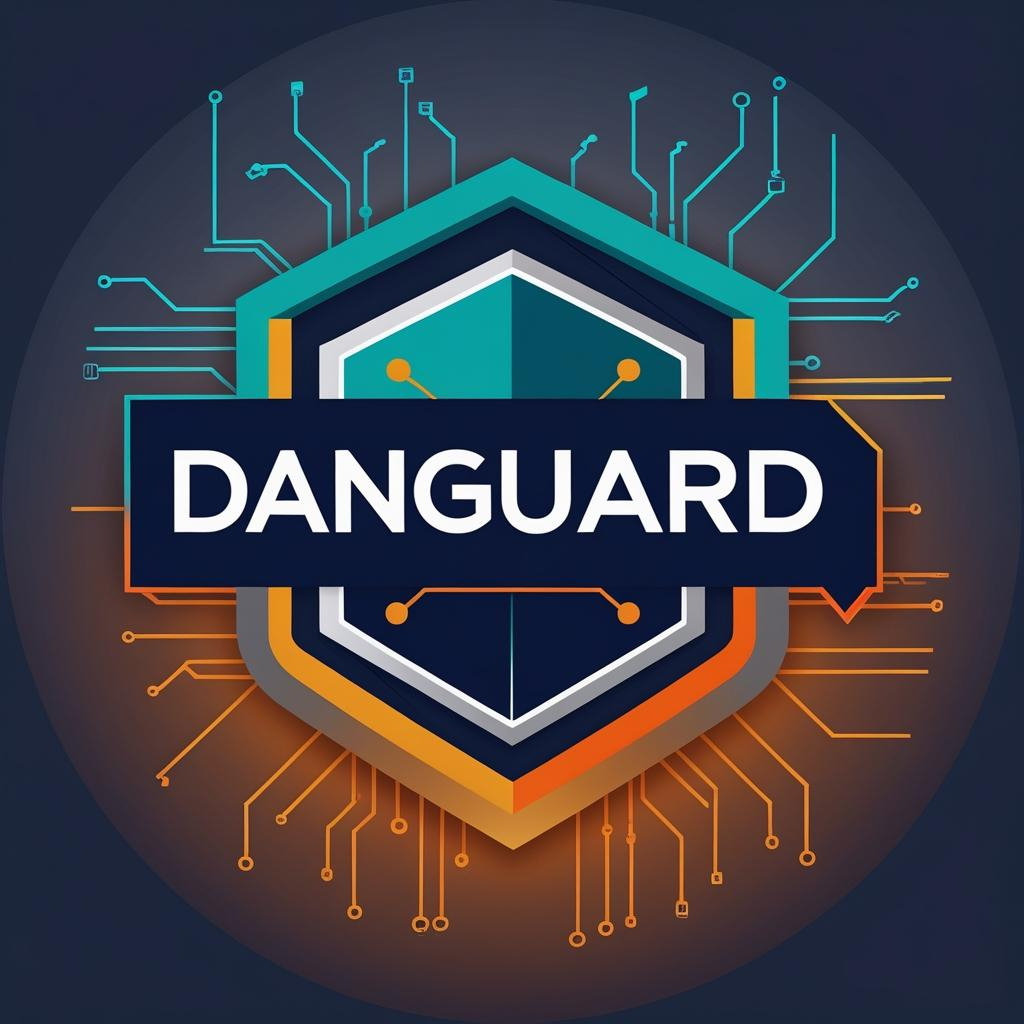Introduction
The rapid digitization of industries and critical infrastructure has introduced a range of new vulnerabilities to Operational Technology (OT) environments. As OT systems, which control everything from manufacturing processes to energy grids, become more connected with IT networks and external systems, they face growing cybersecurity risks.
Threat actors, including nation-states, cybercriminals, and insiders, are increasingly targeting OT environments with sophisticated attacks that can disrupt operations, cause physical damage, and compromise safety. To safeguard critical systems, it’s essential to understand the top emerging OT cybersecurity threats in 2024 and the best strategies for defending against them.
1. Ransomware Attacks on Industrial Control Systems (ICS)
The Threat: Ransomware, which encrypts data and locks users out of systems until a ransom is paid, has become one of the most pervasive cyber threats in recent years. In OT environments, ransomware is evolving beyond data encryption to target Industrial Control Systems (ICS), disrupting operations by locking down critical infrastructure. High-profile attacks on manufacturing plants, oil pipelines, and power grids demonstrate how ransomware can halt production, cause widespread economic damage, and compromise public safety.
How to Defend Against It:
- Regular Backups and Recovery Plans: Ensure that critical ICS data and configurations are regularly backed up and can be restored quickly. Backup systems should be isolated from the main network to prevent them from being compromised in the event of an attack.
- Network Segmentation: Segregate OT systems from IT networks and limit access to ICS to prevent ransomware from spreading. Use firewalls, VPNs, and secure gateways to control traffic between IT and OT environments.
- Advanced Endpoint Protection: Deploy endpoint detection and response (EDR) tools to monitor OT endpoints for suspicious activity and block ransomware attempts before they spread.
- Employee Training: Provide ongoing security awareness training to OT personnel to help them recognize phishing attempts and social engineering tactics commonly used to deliver ransomware.
2. Supply Chain Attacks Targeting OT Systems
The Threat: As OT environments integrate third-party vendors and suppliers into their operational ecosystems, they become vulnerable to supply chain attacks. Cybercriminals can exploit vulnerabilities in third-party software, hardware, or services to infiltrate OT systems. Supply chain attacks can lead to malicious code being installed on OT systems, allowing attackers to disrupt operations, steal sensitive data, or cause physical damage.
How to Defend Against It:
- Thorough Vendor Risk Assessments: Regularly assess the cybersecurity practices of third-party vendors, particularly those providing OT software, hardware, or services. Ensure that vendors comply with cybersecurity standards and have incident response plans in place.
- Zero Trust Architecture: Adopt a Zero Trust approach to security, where every vendor, user, and system is treated as untrusted until verified. Limit the access of third-party suppliers to only the OT systems they need, using least-privilege access policies.
- Software Supply Chain Security: Use software bills of materials (SBOMs) to track and verify the components of all third-party software. Apply secure coding and patching practices to ensure that vulnerabilities in third-party software are addressed before they can be exploited.
- Continuous Monitoring: Implement monitoring tools to track third-party access to OT systems and detect any unusual behavior that may indicate a breach.
3. Insider Threats in OT Environments
The Threat: Insider threats—whether intentional or accidental—are a significant concern in OT environments. Insiders may include employees, contractors, or vendors with authorized access to critical systems. These individuals can abuse their access to steal data, cause damage, or disrupt operations. Even unintentional insider actions, such as misconfigurations or negligence, can lead to catastrophic outcomes in OT systems.
How to Defend Against It:
- Strict Access Controls: Implement role-based access control (RBAC) and least-privilege access policies to ensure that insiders only have access to the systems they need to perform their job functions. Use multi-factor authentication (MFA) to strengthen access controls.
- Continuous Monitoring and Behavior Analytics: Deploy user and entity behavior analytics (UEBA) tools to monitor insider activities and detect anomalies, such as unauthorized access or suspicious behavior. These tools can help identify potential insider threats before they cause damage.
- Segregation of Duties: Separate critical functions across multiple personnel to reduce the risk of a single individual being able to perform malicious actions. This segregation also ensures that accidental insider actions are less likely to cause widespread disruption.
- Regular Training and Awareness: Educate OT personnel on cybersecurity best practices, including secure system configurations and the importance of following proper protocols to prevent accidental breaches.
4. Cyber-Physical Attacks on Critical Infrastructure
The Threat: Cyber-physical attacks are a growing concern as attackers look to cause real-world damage by targeting the physical components of OT systems. These attacks can affect power grids, water treatment plants, transportation systems, and other critical infrastructure, leading to disruptions in essential services and potentially endangering public safety. In recent years, there has been an increase in the number of state-sponsored attacks targeting critical infrastructure for political or economic gains.
How to Defend Against It:
- Physical and Cybersecurity Integration: Ensure that physical security measures (such as locks, surveillance cameras, and alarms) are integrated with cybersecurity practices. This dual-layer defense can prevent attackers from gaining physical access to OT systems.
- Real-Time Monitoring of Critical Systems: Implement advanced monitoring systems, such as SCADA-specific intrusion detection systems (IDS), to detect any anomalies in the physical behavior of OT devices. For example, sudden spikes in energy consumption or changes in operational behavior could indicate a cyber-physical attack.
- Incident Response and Contingency Planning: Develop incident response plans that include protocols for both physical and cyber incidents. Ensure that OT teams are trained to respond to cyber-physical threats and minimize downtime in the event of an attack.
- Redundancy and Backup Systems: Install redundant systems and backup power supplies to ensure operational continuity in the event of a cyber-physical attack that disrupts critical infrastructure components.
5. Remote Access Exploitation in OT Networks
The Threat: As more OT systems connect to the internet or external networks for remote monitoring and management, they become vulnerable to remote access exploitation. Attackers can exploit weak remote access protocols, such as unsecured VPNs or outdated remote desktop software, to gain control of OT systems. Once inside, they can disrupt processes, steal sensitive data, or launch further attacks.
How to Defend Against It:
-
- Secure Remote Access Solutions: Use secure remote access technologies, such as Virtual Private Networks (VPNs) with multi-factor authentication (MFA) and encrypted communication protocols, to protect OT systems from unauthorized access.
- Strong Authentication and Privileged Access Management (PAM): Implement PAM solutions to control and monitor privileged users who have remote access to OT systems. Ensure that only authorized personnel with appropriate credentials can access critical systems remotely.
- Regular Patch Management: Regularly update and patch remote access software to ensure that vulnerabilities are addressed promptly. Outdated remote access tools are a prime target for attackers looking to exploit known weaknesses.
- Limit Remote Access: Restrict remote access to OT systems to only essential personnel. Use network segmentation to isolate critical OT systems from external networks, and ensure that remote access is monitored and logged for auditing purposes.
Conclusion
As OT environments become more interconnected and reliant on digital technologies, the cybersecurity risks they face will continue to evolve. Ransomware, supply chain attacks, insider threats, cyber-physical attacks, and remote access exploitation are among the top emerging threats in 2024. Defending against these threats requires a multi-layered approach that combines network segmentation, continuous monitoring, secure remote access, and strong access control measures.
At Danguard.net, we specialize in protecting OT systems from the latest cyber threats. Our advanced OT cybersecurity solutions and expert team help ensure that your critical infrastructure remains safe and resilient in the face of emerging risks. Contact us today to learn how we can help secure your OT environment.

